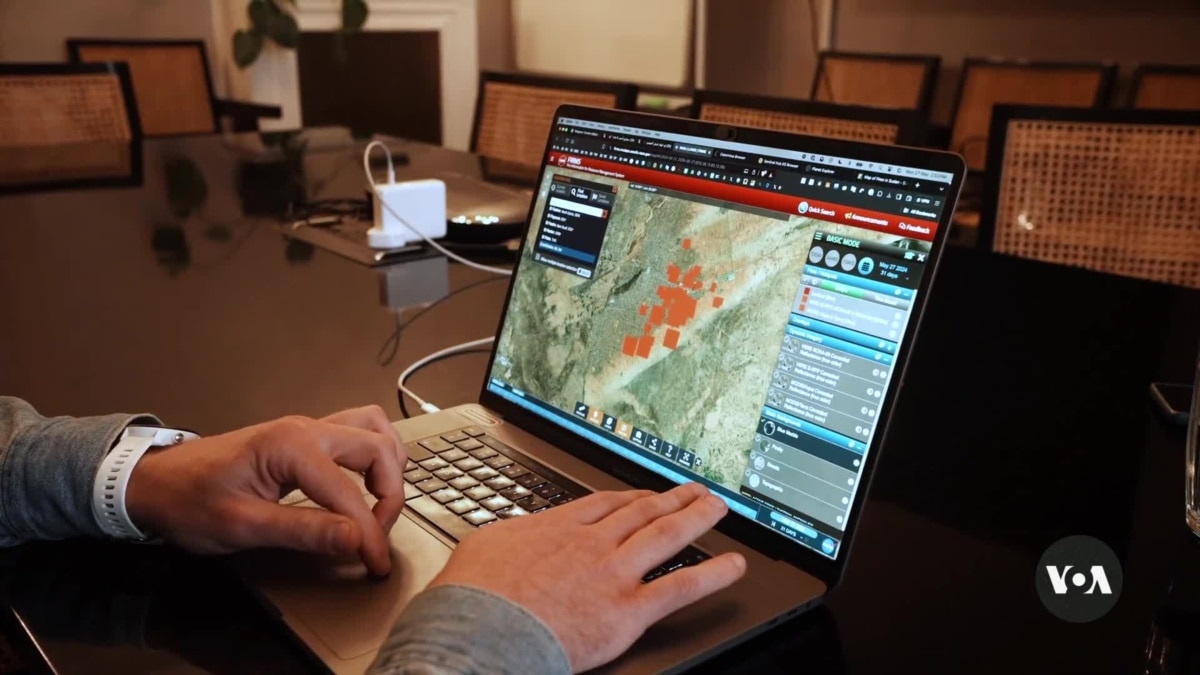Using Satellites to Monitor Darfur Villages
In a groundbreaking use of technology, investigators are now utilizing satellite imagery to track the destruction of villages in the war-torn region of Darfur. According to recent reports, 72 villages were burned down in April alone, marking a disturbing escalation in the conflict. This method of investigation, known as open-source research, has proven to be a valuable tool in documenting the atrocities taking place in Darfur and holding perpetrators accountable.
The Role of Open-Source Investigations
Open-source investigations rely on publicly available information, such as satellite images and social media posts, to piece together a comprehensive picture of events on the ground. By analyzing these sources, researchers can identify patterns of violence, track the movements of armed groups, and document human rights abuses. In the case of Darfur, this technology has shed light on the widespread destruction of villages and provided valuable evidence for international investigations.
Holding Perpetrators Accountable
One of the key benefits of open-source investigations is their ability to provide concrete evidence of crimes that can be used in legal proceedings. By collecting and analyzing satellite imagery, researchers can pinpoint the locations of attacks, identify the individuals responsible, and build a case for prosecution. This type of evidence has been crucial in bringing war criminals to justice and ensuring that the victims of atrocities receive the justice they deserve.
In conclusion, the use of satellite imagery and open-source investigations in monitoring the conflict in Darfur represents a significant step forward in holding perpetrators of violence accountable. By leveraging technology and data analysis, researchers are able to document human rights abuses, track the destruction of villages, and provide critical evidence for international investigations. This innovative approach has the potential to bring about justice for the victims of the conflict and prevent future atrocities from occurring.




